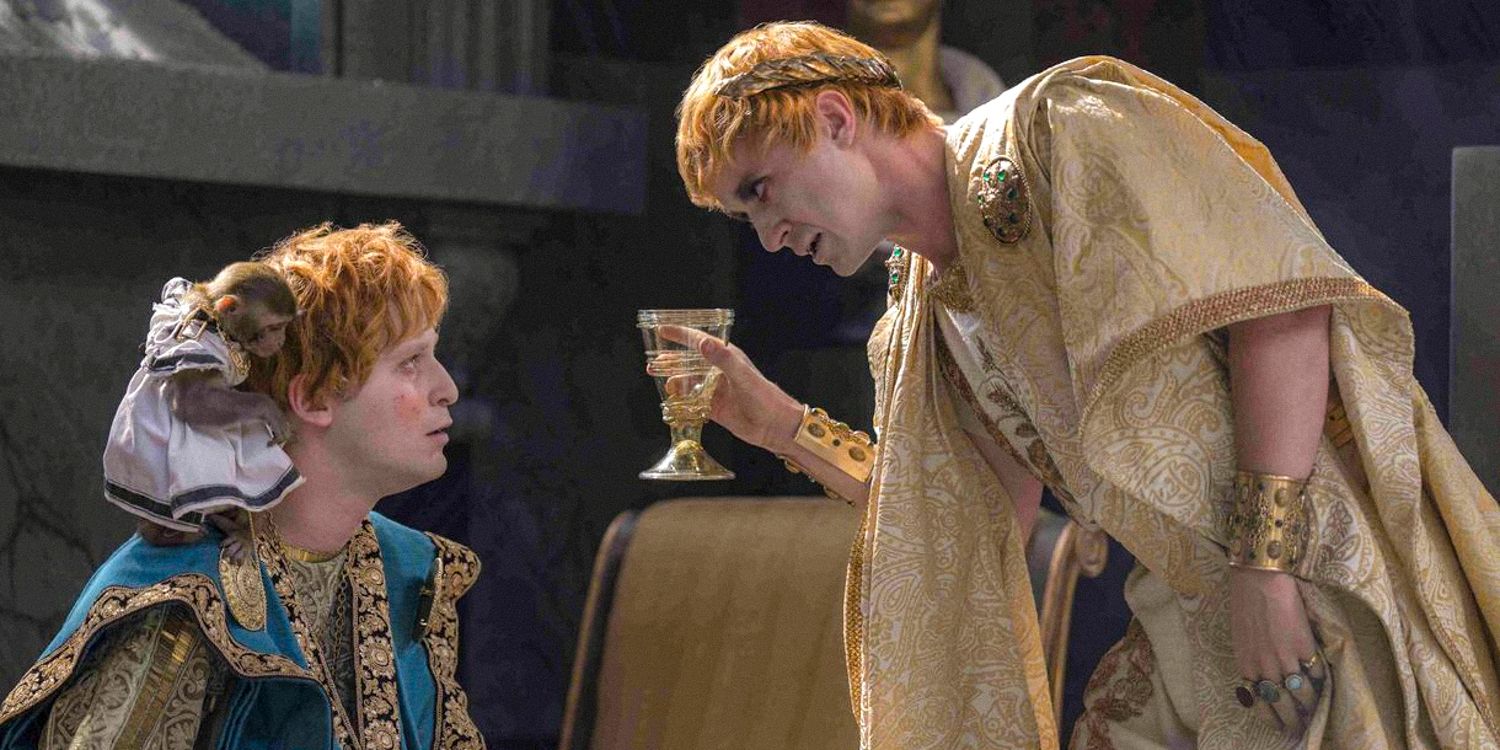Warning: The following contains some SPOILERS for Gladiator II!A historian is pointing out one historical error in the shark naval battle in Ridley Scott’s Gladiator II. The sequel to Ridley Scott’s 2000 epic follows Maximus’ son, Lucius Verus (Paul Mescal), as he steps back into the gladiator arena after Rome invades his home city, Numidia, under the rule of twin emperors, Geta (Joseph Quinn) and Caracalla (Fred Hechinger). The naval battle is a cruel form of entertainment that fills the Colosseum floor with water and tiger sharks while re-enacting a naval warfare with fighters from two boats fighting each other to death.
Alison Futrell, an associate professor of Roman history at the University of Arizona, told Business Insider that the naval scene is mostly accurate. The professor explained that staged naval battles at the Colosseum would work with “quasi-minaturized boats that give the flavor of warships,” which is what the film did. While the Romans were aware of sea creatures, having sharks is unlikely because “they’re challenging to work with” and that shark-like creatures are located more in the Indian Ocean rather than the Mediterranean. Check out what Futrell said below:
Maybe smaller sort of quasi-miniaturized boats that give the flavor of warships and that maybe accommodate greater visibility for the specifics of the combat too. Because there are fans who want to really see what kind of fighting is going on there. There are encyclopedists from antiquity who talk about sea creatures, and they’re aware of shark-like things. But they knew about them as a draw and did make some effort at certain points in time to make them a kind of show in some ways. Probably not sharks, specifically, and only rarely orca. They’re challenging to work with.
What This Means For Gladiator 2’s Accuracy
Water Spectacles Have Deep Roots In Roman History
The sequel’s naval battle sees the Colosseum being filled with water for a staged naval battle. While it may be hard to believe the Gladiator 2 scene is based on real events in Roman history, water spectacles in Rome can be traced back to the first century B.C. Staged naval battles in artificial lakes and the Colosseum have also been recorded to occur since Julius Caesar’s rule in Rome. While involving water creatures was very rare, there are records showing an attempt to trap an orca in the Tiber River under Emperor Claudius’ rule.
Related
Yes, Gladiator 2’s Colosseum Naval Battles Really Happened: What To Know & What’s Changed
The most controversial scene in Gladiator II features a naval reenactment complete with sharks. How much of this is based on ancient Roman history?
Gladiator II weaves many real-life elements into the movie, but the film is still a work of fiction at large. Lucius Verus is one of the characters based on real life, but the film gives a very different journey. In the film, Lucius’s journey mirrors his father, Maximus’, as he goes from being a soldier to a gladiator and faces those in power. Real life Lucius Verus II died at a very young age, and his father was Lucius Verus in real Roman history.
Our Take On Gladiator II’s Historical Accuracy
Some Wild Stories Are Not Far From Real Life
The mixture of historical facts and fiction is what makes both Gladiator films so fascinating. Since its release, Gladiator II has received glowing reviews from critics and audiences for its own brand of storytelling. The naval battle is one of the most intense scenes in the film, as fighters from both ships are being surrounded by sharks. Once someone falls into the water, they are gone. Of course, the best moment of the scene is when the ship crashes into the royal seating area and Lucius aims his arrow at Pedro Pascal’s Marcus Acacius, which is purely fictional.
Gladiator II is filled with wild stories, but the real twist of the movie is that some of the wildest ones have actually occurred in history. Like the staged naval battles, the scene where Emperor Caracalla names his pet monkey, Dondas, as a consul is also rooted in a similar event in history.
Source: Business Insider







